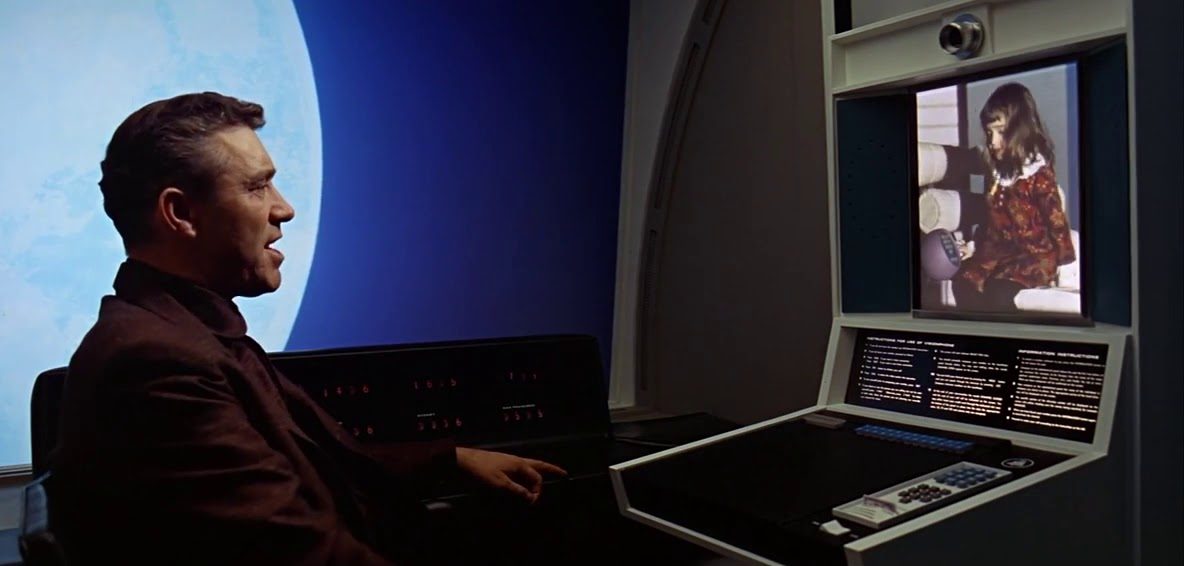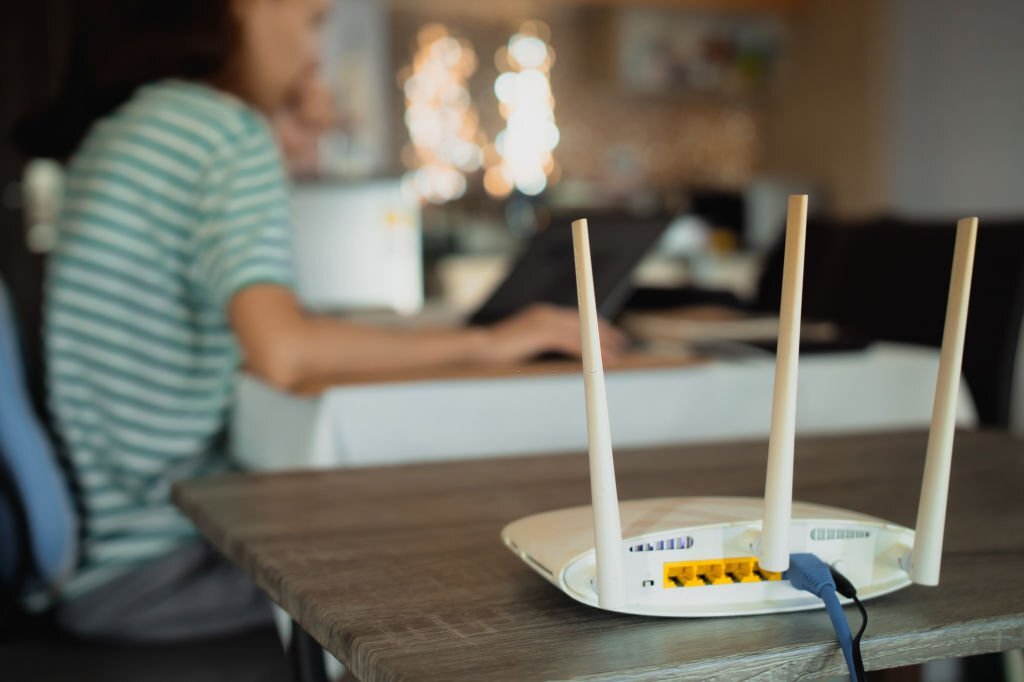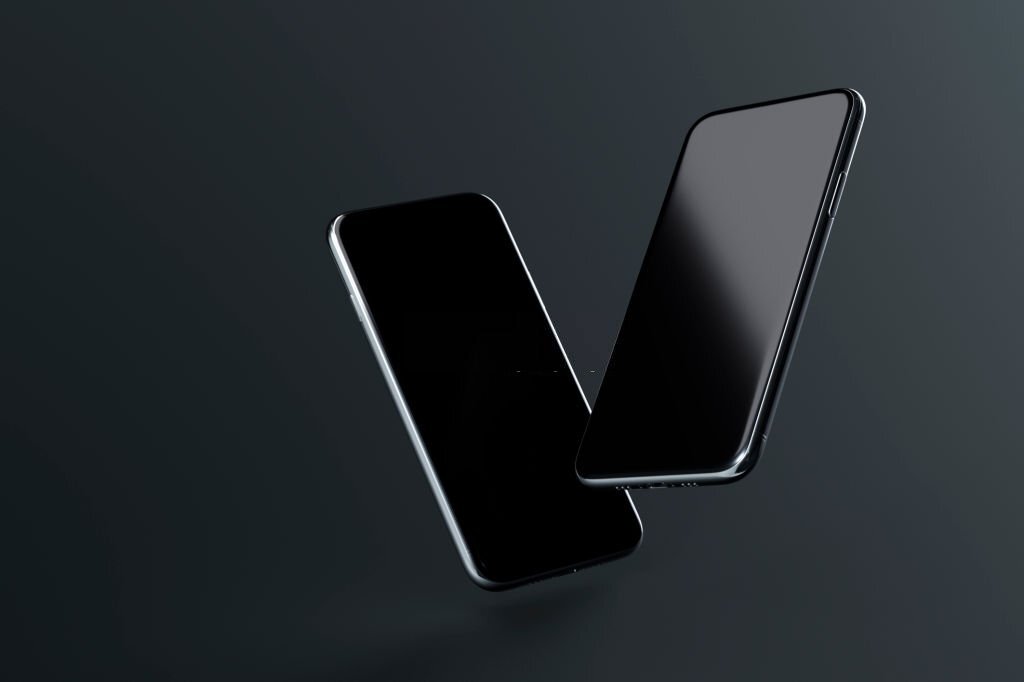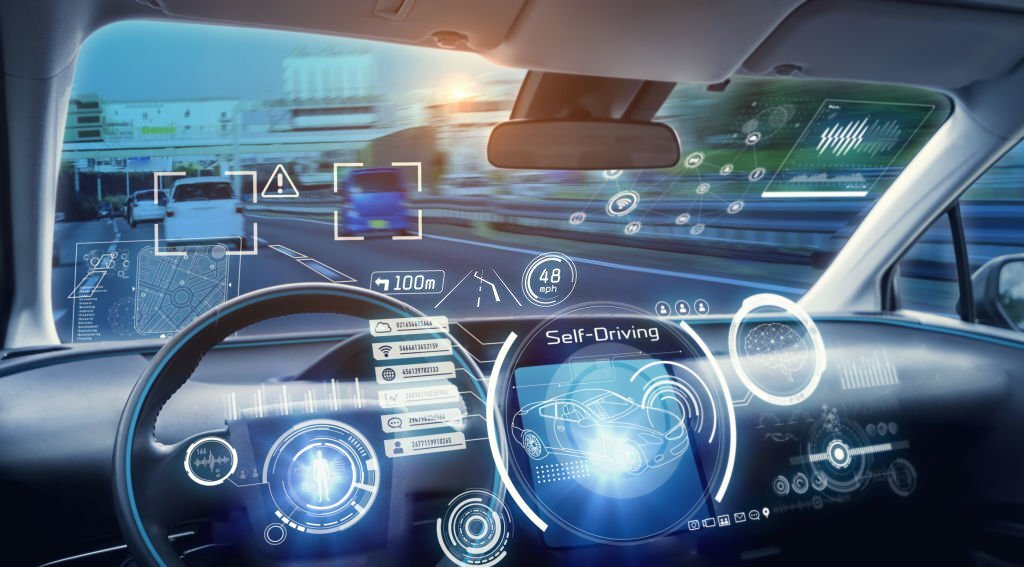Worlds Knowledge in Your Pocket.
"Share your knowledge. It is a way to achieve immortality." by Dalai Lama
Worlds Knowledge in Your Pocket.
"Share your knowledge. It is a way to achieve immortality." by Dalai Lama

Science fiction writers have always been interested in exploring the future and writing about how certain technologies would be used or what life would be like in the future. Some of their predictions have since come true, while others have not quite panned out yet. But it’s interesting to see how close they sometimes get to predicting the future accurately. In this article, we’ll take a look at.

One technology that has become increasingly popular in recent years is video calling. This allows people to see and talk to each other in real-time over the internet, using a webcam or other camera. This is a technology that was predicted by the science fiction writer Arthur C. Clarke in his novel “2001: A Space Odyssey.” In the book, two astronauts are able to communicate with each other via video call while they are in space. While today’s video calling technology is not quite as advanced as what was described in the book, it’s still impressive that Clarke was able to envision it all those years ago.

Virtual reality is another technology that has become more prevalent in recent years thanks to the development of various VR headsets and other devices, such as the Oculus Rift or HTC Vive. However, many people might not be aware that this technology was predicted by science fiction writers decades ago. For example, the writer William Gibson wrote about a virtual reality system called cyberspace in his short story “Burning Chrome,” which was published in 1982. Cyberspace is described as a type of computer-generated world that people could enter and explore through their computers, similar to what we now call virtual reality. In fact, the word “cyberspace” is now often used to describe the virtual reality world.

Wireless technology is something that we use every day, whether we’re using a wireless router to connect to the internet or streaming music from our phones to a Bluetooth speaker. But this technology was actually predicted by science fiction writers centuries ago. For example, in Jules Verne’s novel “Twenty Thousand Leagues Under the Sea,” a submarine is described as using wireless signals and electricity to communicate with other ships. While this technology might seem rudimentary by today’s standards, and we’re still not quite at the point where submarines are communicating wirelessly, it’s interesting to see how such a technology was predicted so long ago.

GPS is a technology that many of us now use on a daily basis, whether we’re using it to get directions while driving or tracking our fitness activity with a wearable device. But this technology was actually predicted by the science fiction writer Robert Heinlein in his novel ” Tunnel in the Sky ” back in 1955. In the book, Heinlein describes a device called an astral compass that is able to track the person’s location using satellites orbiting the Earth. While today’s GPS systems are not quite as accurate or sophisticated as the one described by Heinlein, it’s still amazing to see how close he came to predicting this technology.

Smartphones are now an essential part of our lives, with many of us using them for everything from making calls and sending texts to checking our email and surfing the internet. But this technology was actually predicted by the science fiction writer Philip K. Dick in his novel “Do Androids Dream of Electric Sheep?” back in 1968. In the book, Dick describes a device called a “telephone radio,” which is capable of receiving phone calls and playing music using radio waves. He even predicts that these devices would be made with touchscreens, which was almost unheard of at the time. While today’s smartphones are obviously quite different from what was described by Dick, it’s fascinating to see how close he came to predicting a technology that would eventually become such an important part of our lives.

3D printing is a technology that has taken the world by storm in recent years, with many people using it for everything from creating prototypes for new products to printing special items at home. But this technology was actually predicted by science fiction writers many years ago. For example, in his novel “The Diamond Age,” the writer Neal Stephenson describes a device called a “fabber,” which is a 3D printer that can create almost anything from any material. While today’s 3D printers are not quite as advanced as what we see in Stephenson’s novel, it’s still interesting to see how close he came to predicting a technology that would eventually become so widely used.

Self-driving cars are another technology that we now use on a daily basis, whether it’s for getting around town or traveling long distances. Many years ago, science fiction writers predicted this technology. His novel Golem 100, for instance, describes a car that is controlled via remote control and is programmed to follow specific routes without stopping. Despite how different today’s self-driving cars are from what Lem described, it’s amazing how close he came to predicting a technology that would eventually become so commonplace.

Solar power is now one of the most popular forms of alternative energy. With many people using it to power their homes and businesses. Science fiction writers actually predicted the technology many years ago. He describes a solar panel as a device that powers a spacecraft in “The Hitchhiker’s Guide to the Galaxy.” Although today’s solar power systems are quite different from what Adams described, he came so close to predicting a technology that became so popular.

Voice-controlled devices, such as Amazon Echo and Google Home. Have become extremely popular in recent years. With many people using them for everything from playing music to controlling their smart home devices. However, science fiction writers have predicted this technology for many years. For example, in his novel “2001: A Space Odyssey,” the writer Arthur C. Clarke describes a device called a “voice-activated computer“. The characters use this to control their spacecraft. While today’s voice-controlled devices are obviously quite different. Clarke’s description of how close he came to predicting is amazing. A technology that would eventually become so widely used.

From treating cancer to creating genetically modified crops, gene editing is cutting-edge technology. In fact, science fiction writers predicted this technology decades ago. For example, in his novel “The Children of Men,” the writer P.D. By inserting new genes into the body, James describes a technology called “gene therapy.” Gene editing differs greatly from what James described. It’s amazing to see how close she came to predicting a technology that would eventually become so widely used.
Also Read More: How can using data from technology consulting help your Business?

An earlier science fiction author, William Gibson, popularized this idea in his novel Neuromancer in 1984. He wrote about a “world wide web” of interconnected computers that could share information and resources. William Gibson’s 1984 novel Neuromancer popularized this idea. In this book, Gibson described a global network of computers. That allowed people to share information and interact in real time.
Although the internet as we know it didn’t become a reality until much later. Science fiction writers predicted many of its essential elements decades before it came into existence. Today, we use this technology on a daily basis. And it has completely changed our lives and the way we communicate with each other. Despite the fact that not all of what these writers predicted has come to pass. It’s clear that their ideas were very close to the mark. And who knows – perhaps one day we will see some of the other predictions. They made come to life as well!

There is no doubt that science fiction writers were very close to predicting. The future accurately when it comes to the technology we use today. Many of their ideas and predictions about the internet. Social media, and other forms of communication have come true in some form or another.
This just goes to show how influential these writers can be. Even though they are often writing about things that don’t yet exist. So the next time you’re reading a science fiction book. Keep in mind that some of the ideas in it might one day become reality!

Predicting the future is undoubtedly fascinating to people. And there are many reasons why this might be the case. There has always been a desire among humans to understand and explain the world around them, as some scientists have argued. And trying to predict the future taps into this need.
Other researchers have pointed out that humans also like to feel as if they have control over their lives. And trying to predict the future can give them a sense of this control.
In addition, some have suggested that humans simply enjoy. Speculating about what might happen in the future, even if there is no real chance of it coming true. This could be because imagining different scenarios helps us to explore and make sense of different possibilities.
Predicting the future fascinates humans for whatever reason. And science fiction writers have played a major role in this process over the years. We’ll have to wait and see if their predictions come true!